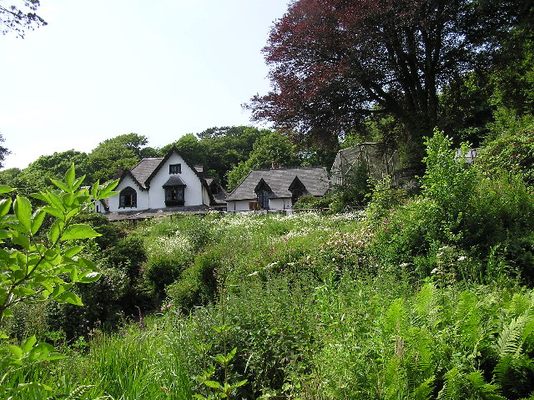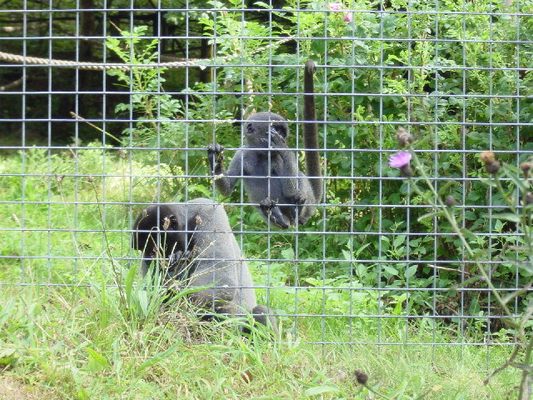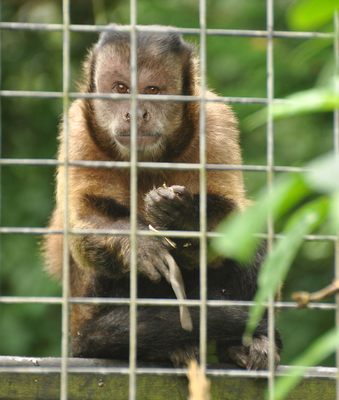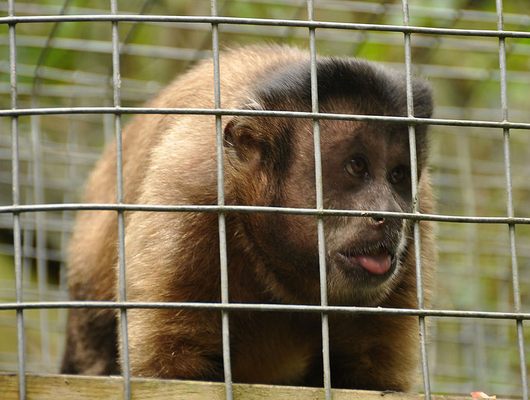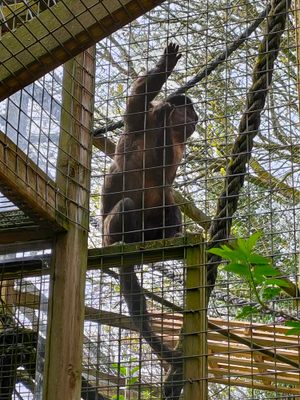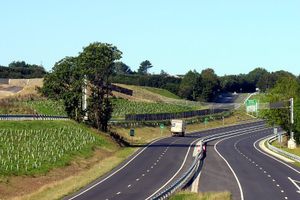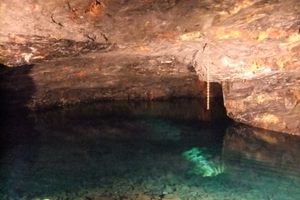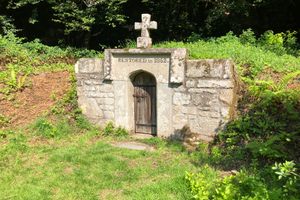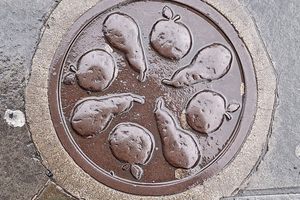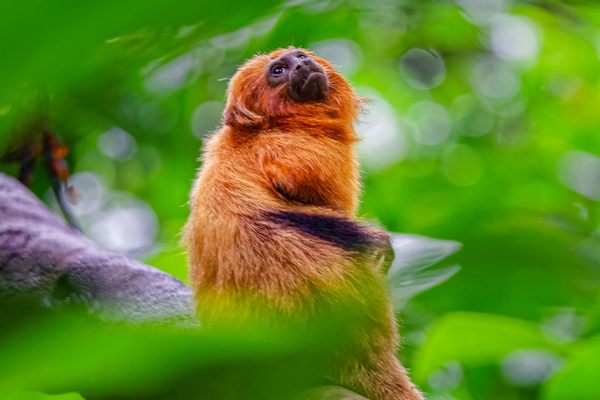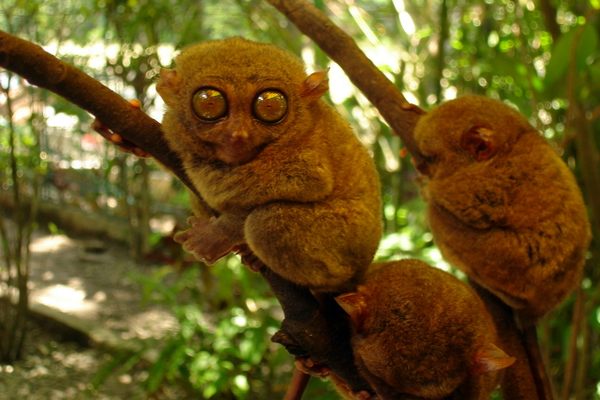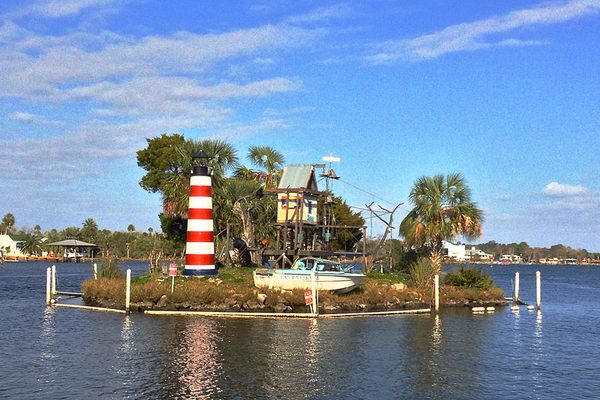About
Located in the beautiful rural surroundings of a Cornish coastal town, the Monkey Sanctuary was founded in the early 1960s by a guitar shop owner and musician named Len Williams (the father of the famous classical guitarist John Williams). Williams had been bequeathed a pet woolly monkey in a friend's will, and soon became very fond of this intelligent and sensitive animal.
Woolly monkeys, also known as the "mono barigudo" (beer-bellied monkey) in Spanish, are an endangered species native to the rainforests of many South American countries including Colombia, Brazil, Peru, Bolivia, Venezuela, and Ecuador. From the 1920s until the 1970s, these primates were captured in large numbers (like many other neotropical monkey species) and exported for the then-legal pet trade, destined to be sold in pet shops in London and other European capital cities.
Hunters would capture baby monkeys in the wild by killing the mothers so that infants could be sold for the lucrative pet trade. Often kept in terrible captive conditions in pet shops, many monkeys became sick with chronic stress and died of disease. Yet these unfortunate animals were only replaced by a new shipment of monkeys. This "trade," combined with habitat loss caused by rainforest logging, was depleting the wild populations of these primates, slowly pushing the species to the brink of extinction.
After caring for his monkey for a number of years, Len Williams came to realize that these were animals with complex social, natural, and dietary needs that they were being deprived of in captivity. Williams began to rescue woolly monkeys from the terrible conditions of the pet shops and formed a monkey colony in his house. Here the animals received far better care, could socialize with their own kind, and survived to adulthood. Eventually, Williams realized that even more space was needed, and in the 1960s he bought an old manor house in the Cornish countryside where he established a monkey sanctuary.
Several interconnecting, open-topped enclosures were built on the sanctuary ground to house the colony. These spacious enclosures allow the monkeys the opportunity to move around different areas of their choosing and to forage and socialize in the treetops, mimicking natural behavior. Such conditions proved essential to the physical and psychological health of these primates, and in 1966 the monkey sanctuary was the first place in the world to achieve success in breeding the endangered woolly monkey in captivity.
Initially, the sanctuary focused solely on the rescue of woolly monkeys, but it is now also home to rescued animals of two other South American primate species, the marmoset and capuchin monkey, as well as a trio of Barbary macaque monkeys originally native to the Atlas mountains of North Africa. All of these primates have been rescued in the U.K. and Europe from terrible conditions in the illegal pet trade, laboratories, or traveling circuses, and given a new lease on life at the sanctuary.
Related Tags
Know Before You Go
The sanctuary is open only on weekends during the summer season, from 11 a.m. to 3:30 p.m. The entrance fee is £9 pounds and goes toward the Wild Futures charity that maintains the sanctuary. Be sure to explore the gardens, which are beautifully planted, and the education center, which has a wild colony of rare horseshoe bats that roost in the cellar and can be seen through live cameras.
Published
June 24, 2019

